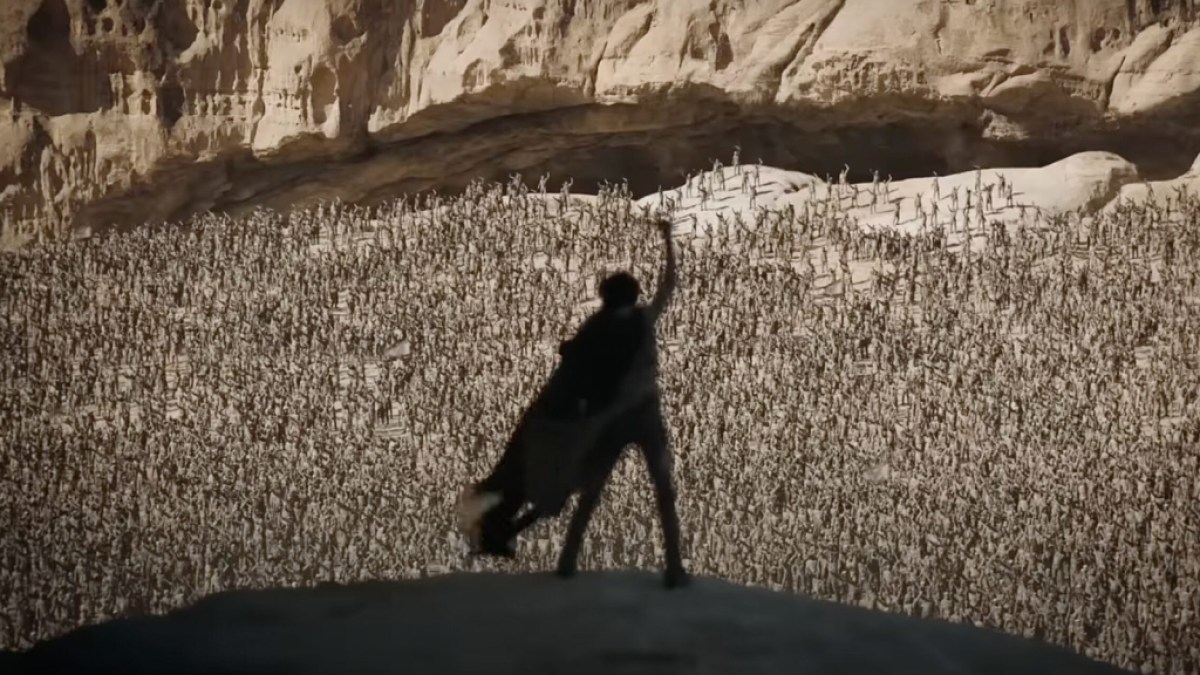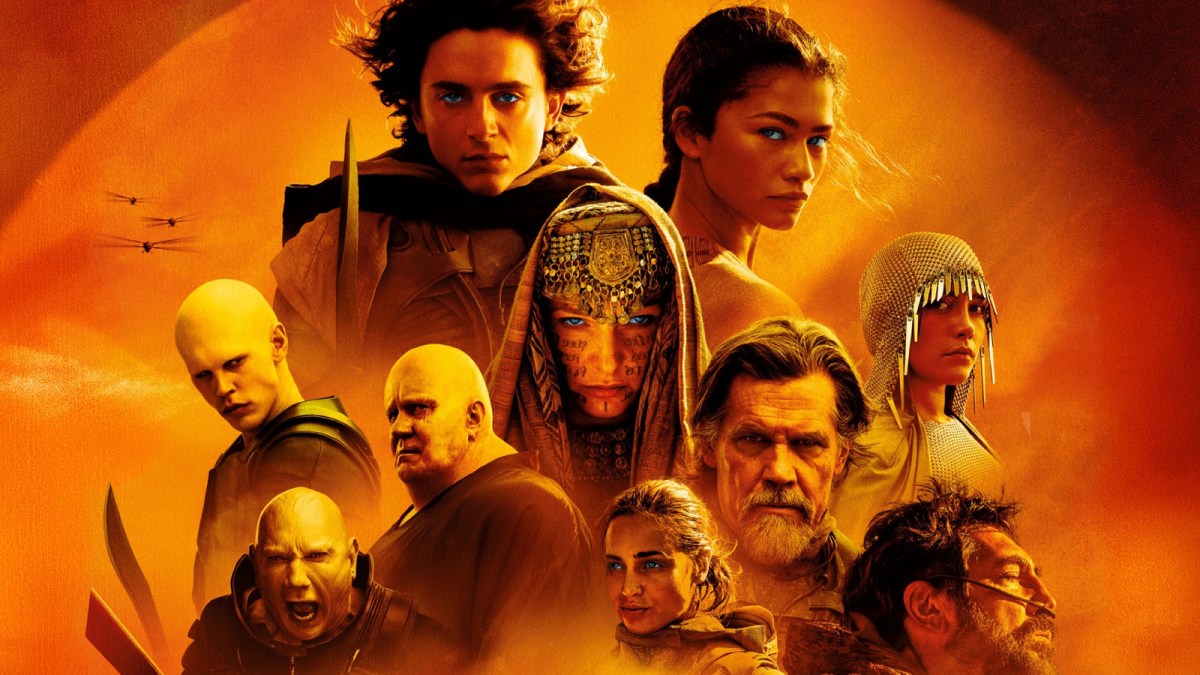For all its accolades, 2021’s Dune: Part One was (as its title warned) merely an entrée. Now, with Dune: Part Two, director Denis Villeneuve has served up the main course – and it’s a spectacular spice melange for the mind and senses.
Related: Is Jason Momoa in Dune: Part Two? Explained
Dune: Part Two picks up where Part One left off. Young duke-in-exile Paul Atreides (Timothée Chalamet) and his mother, Lady Jessica (Rebecca Ferguson), have found refuge among the indigenous Fremen on the desert world of Arrakis. Paul is torn between his thirst for revenge against his family’s enemies, the Harkonnens, and his fear of said vengeance’s consequences for the wider universe. He has the potential to unite the Fremen against their common foe, but doing so risks untold bloodshed – not to mention driving away his Fremen other half, Chani (Zendaya).
If all that makes the second half of Dune sound considerably more compelling than the first, that’s because it is. Dune: Part One slogged through all the set-up so that Part Two can sprint (relatively speaking). And if its finale is slightly anticlimactic, that’s only because the proceeding two-and-a-half hours are so utterly dazzling. Indeed, Dune: Part Two is an even more visceral experience than the sumptuous Part One. The movie’s gorgeous sandscape vistas and striking black-and-white set pieces make splashing out for IMAX easy, as does a Hans Zimmer soundtrack you’ll feel in your lower lumbar.
Related: Dune 2: Who Are the Bene Gesserit, Explained
It’s also an impressively tactile affair, especially in the current era of crunch-driven CGI sludge. Shiny spaceships, ginormous sandworms, and massive armies mesh seamlessly with their surroundings. Even the more out-there aspects of Frank Herbert’s seminal 1965 Dune novel prove no challenge to Villeneuve, cinematographer Greig Fraser, and VFX supervisor Paul Lambert, who visualize dystopian nightmares and chatty unborn babies in utterly convincing fashion. Think 2001: A Space Odyssey by way of Lawrence of Arabia and you’ll have a rough idea of Dune: Part Two‘s lush aesthetic.
Of course, Dune: Part Two‘s sensory thrills would feel hollow without a hefty dose of emotion, so it’s a good thing that Villeneuve’s sequel is also stronger in this regard than its predecessor. If you found yourself less likely to part with eyewater than a Fremen during Part One‘s Atreides genocide, fret not: you’ll feel an actual connection to what’s going on this time around. Heck, you’ll even laugh more than once, thanks largely to Javier Bardem’s delightful turn as Paul’s chief booster, Stilgar.
Related: Who Is Anya Taylor-Joy Playing in Dune: Part Two?
Admittedly, the romance between Paul and Chani won’t go down as one of the greatest in cinema history, but it still works thanks to Timothée Chalamet and Zendaya’s chemistry. That’s a good thing too, as the pair’s relationship ultimately drives Dune: Part Two on a narrative, emotional, and thematic level. They’re equally effective apart, as well – particularly Chalamet, who effortlessly captures both the charisma and inner turmoil that define Paul.
That said, the focus on Chalamet and Zendaya means that everyone around them is often pushed to the periphery. It’s not necessarily a problem – this is Paul’s story, after all – however, some cast members leave a larger impression than others. I’ve touched on Bardem already, but Ferguson and fellow Dune: Part One veteran Stellan Skarsgård (Baron Harkonnen) both deserve props for leaving their mark on proceedings. By contrast, newcomers Austin Butler (Feyd-Rautha) and Florence Pugh (Princess Irulan) feel slightly underused, although Butler is at least a suitably formidable antagonist.

Besides, for all that Villeneuve and co-screenwriter Jon Spaihts have streamlined or even outright cut Herbert’s subplots (and with them, supporting actors’ screen time), Dune‘s essence remains fully intact. At its core, Dune is a commentary on the dangers presented by savior-type figures, even (or especially) those with good intentions. The same “no good messiahs” theme – and somewhat awkward associated undercurrent of Middle Eastern exoticism – courses through Dune: Part Two. Not even a fairly major narrative tweak late in the game changes that (it will surely spark debate and sequel speculation, however).
Related: Denis Villeneuve Is Right Not to Adapt All Six Dune Books
This kind of fidelity is all you can really ask of any adaptation, much less one packaged as a big budget blockbuster. Indeed, Dune: Part Two faithfully channeling its source material’s subversive central message in a $190 million popcorn flick is arguably its greatest achievement. So, to paraphrase a recurring line from the film, “Long live the Dune franchise” – or long enough for Villeneuve’s Dune Messiah adaptation, at any rate.
Dune: Part Two is in cinemas now.






Published: Mar 1, 2024 04:15 pm